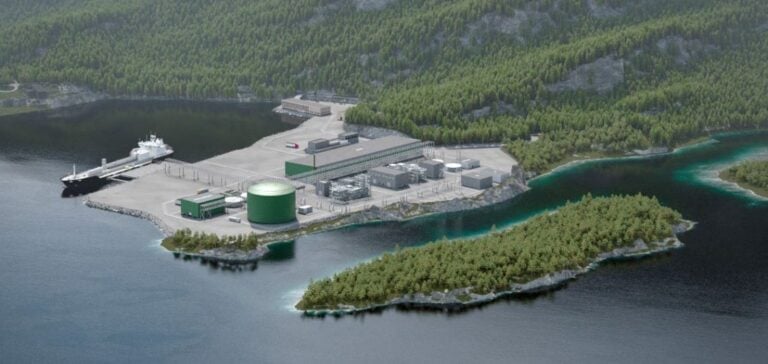American company KBR has signed a major contract to supply its green ammonia technology, K-GreeN®, to Fortescue for its Holmaneset project in Norway. The contract includes a technology license, proprietary engineering design, and FEED engineering support for a 675 metric tons per day green ammonia production facility.
KBR’s commitment to green energy
Jay Ibrahim, president of KBR Sustainable Technology Solutions, said, “We are delighted to be working with Fortescue on this project to offer our zero-carbon green ammonia technology.” He added that “KBR is a significant contributor to the development of the green energy value chain and the decarbonization of hard-to-decarbonize industries, and we look forward to working with Fortescue to advance their ESG objectives.”
KBR’s role in the ammonia industry
KBR has a long history in ammonia technology. Founded in 1943, the company has been involved in the design, engineering or construction of over 250 basic ammonia plants worldwide. These activities include the licensing of various technologies related to ammonia production.
The Holmaneset project, a collaboration between KBR and Fortescue, highlights ongoing efforts to increase renewable energy production against a backdrop of rising global demand for sustainable energy options. This project also highlights the technical and financial challenges associated with scaling up technologies such as high-capacity electrolysis.






















